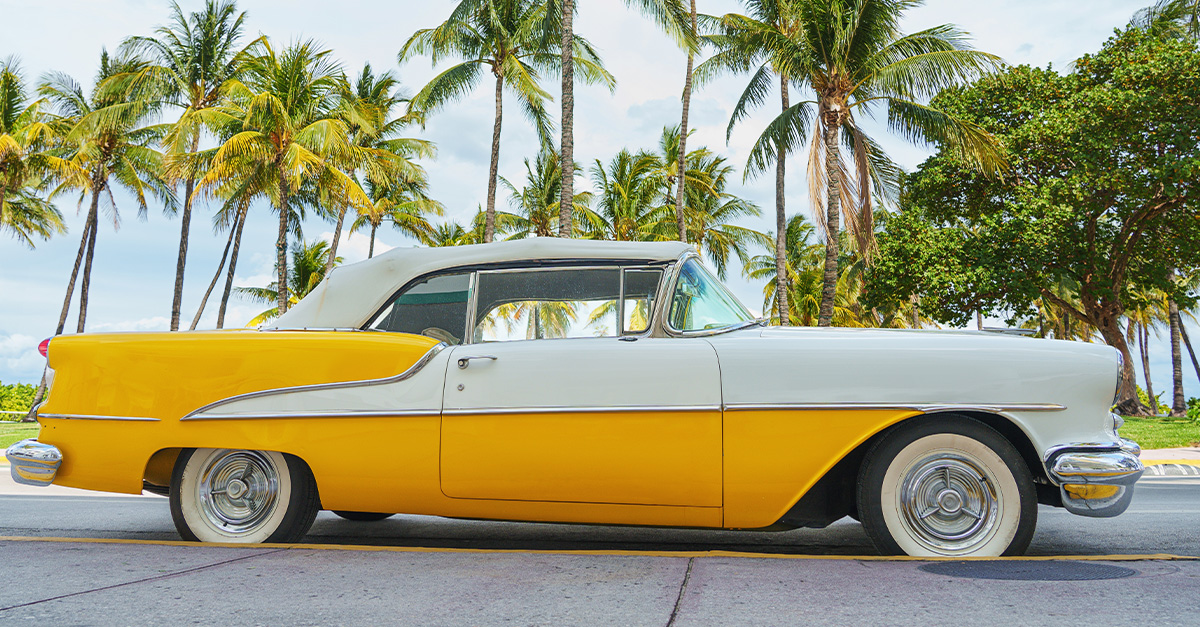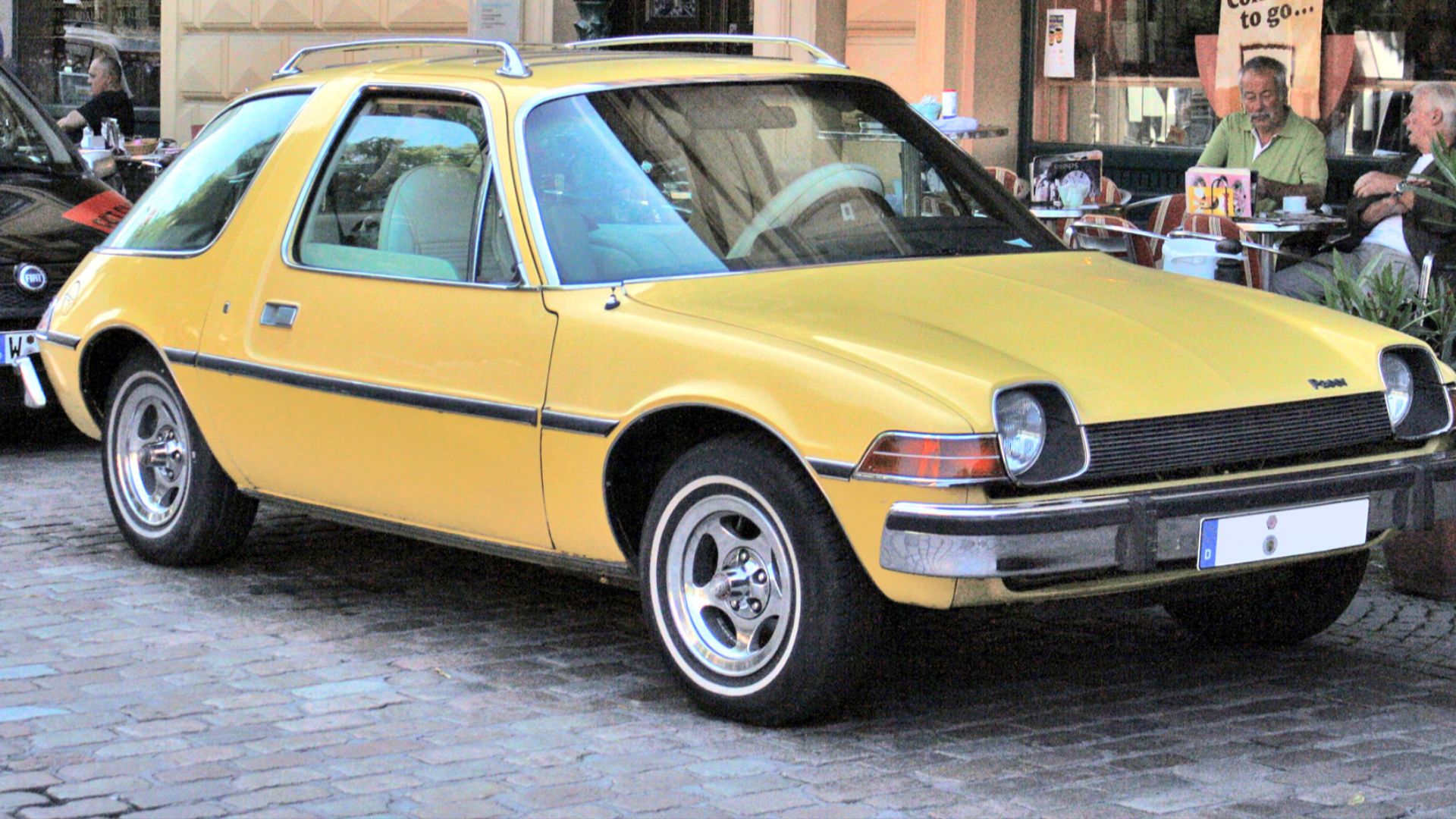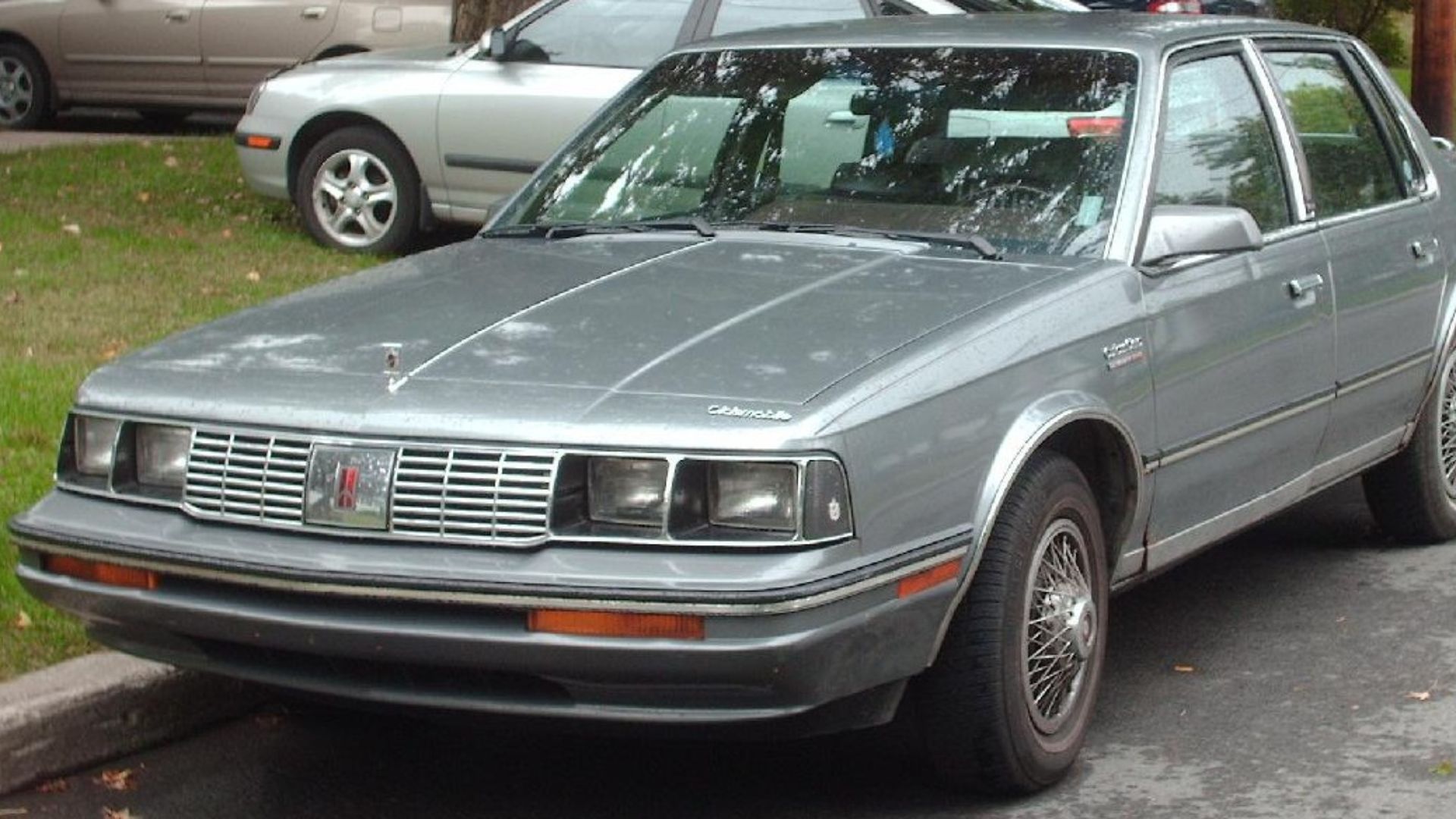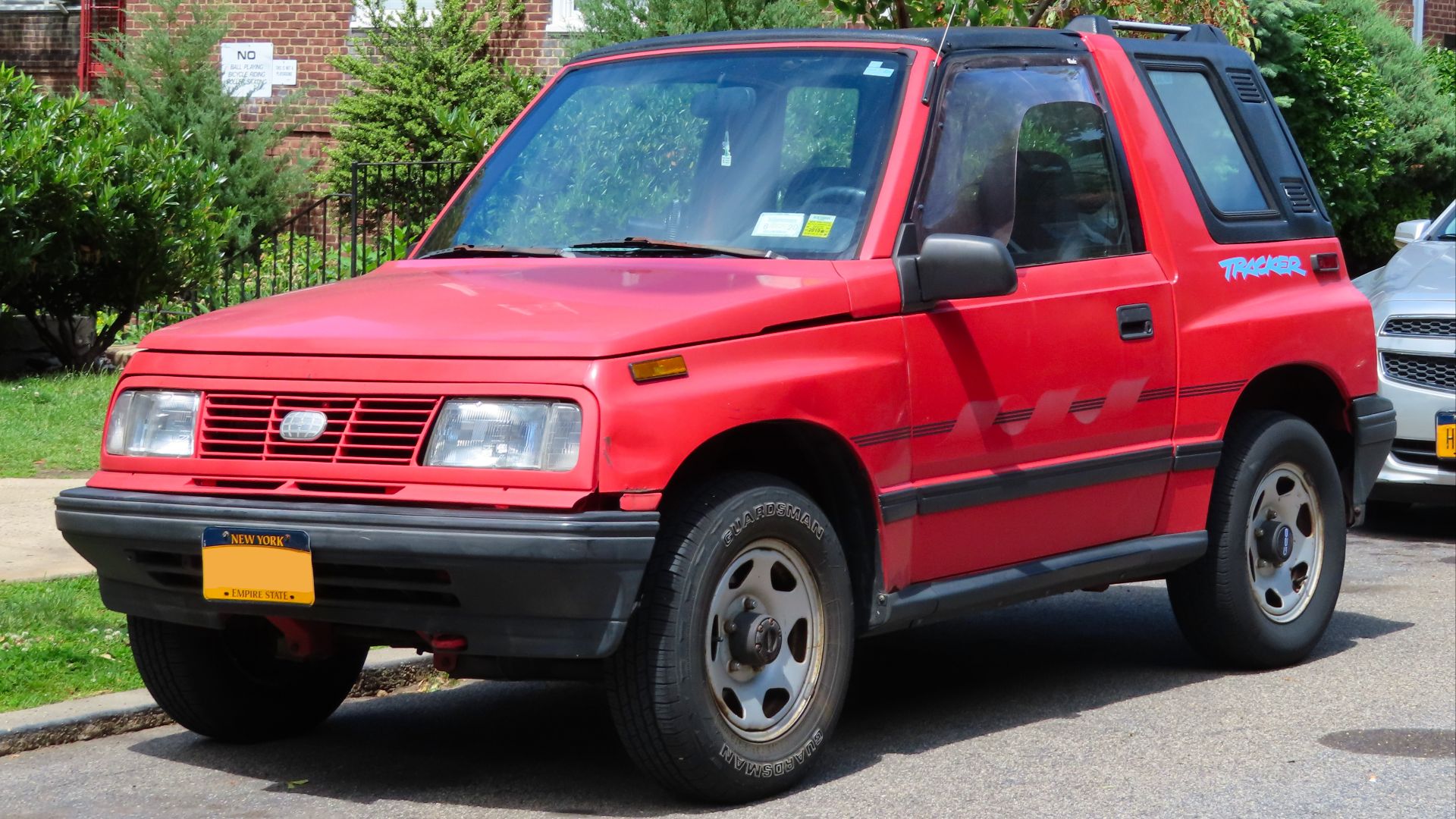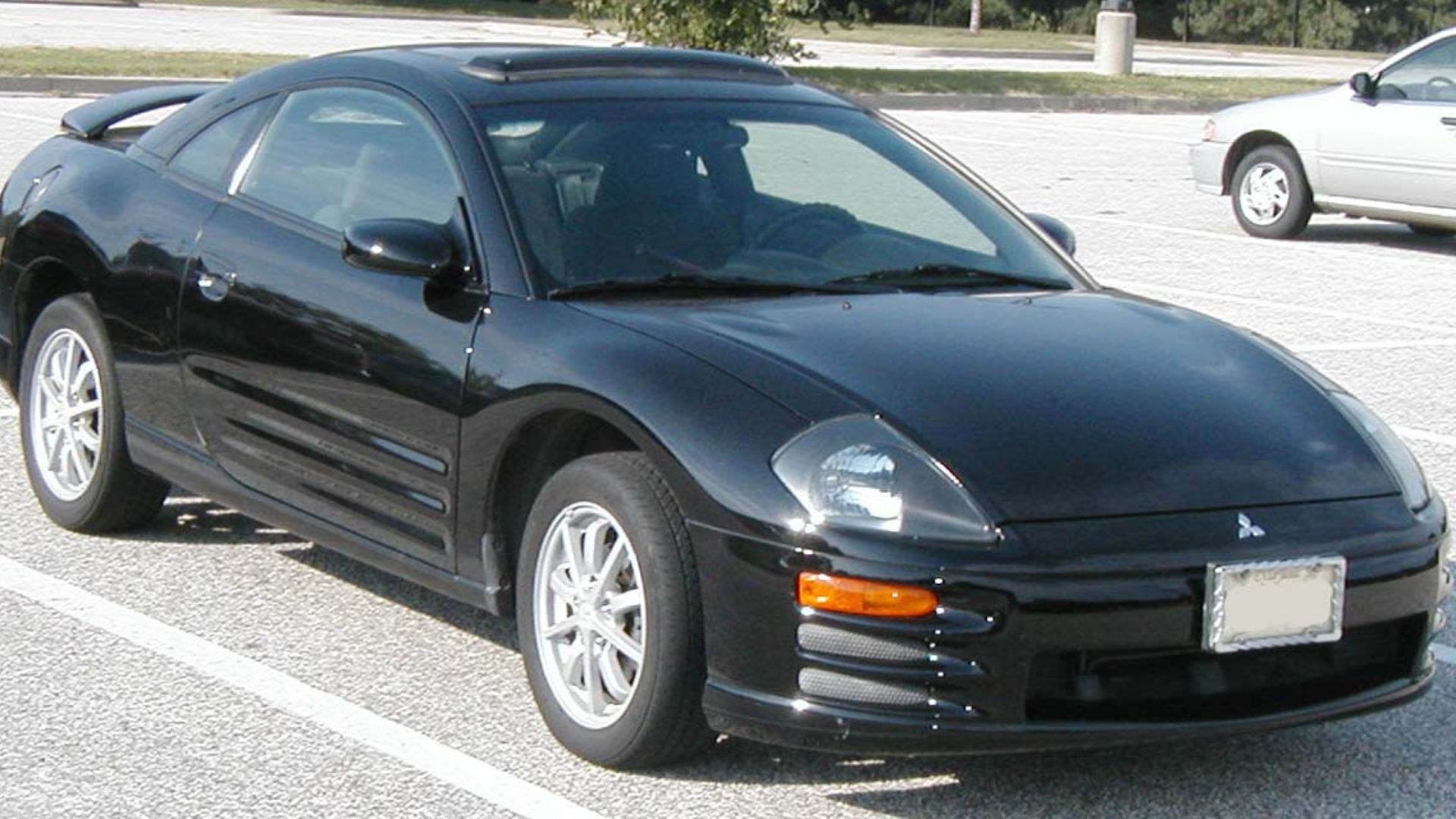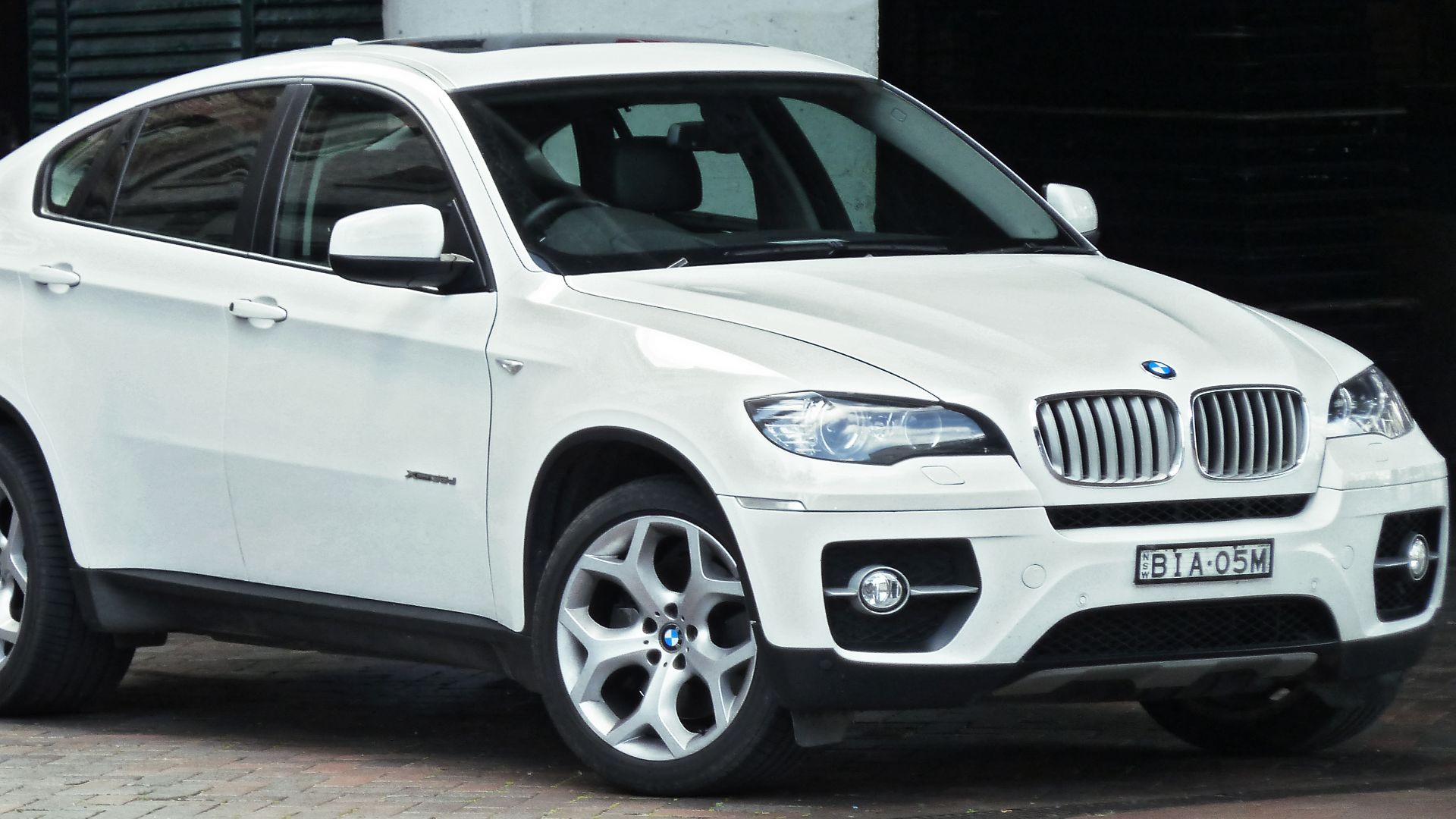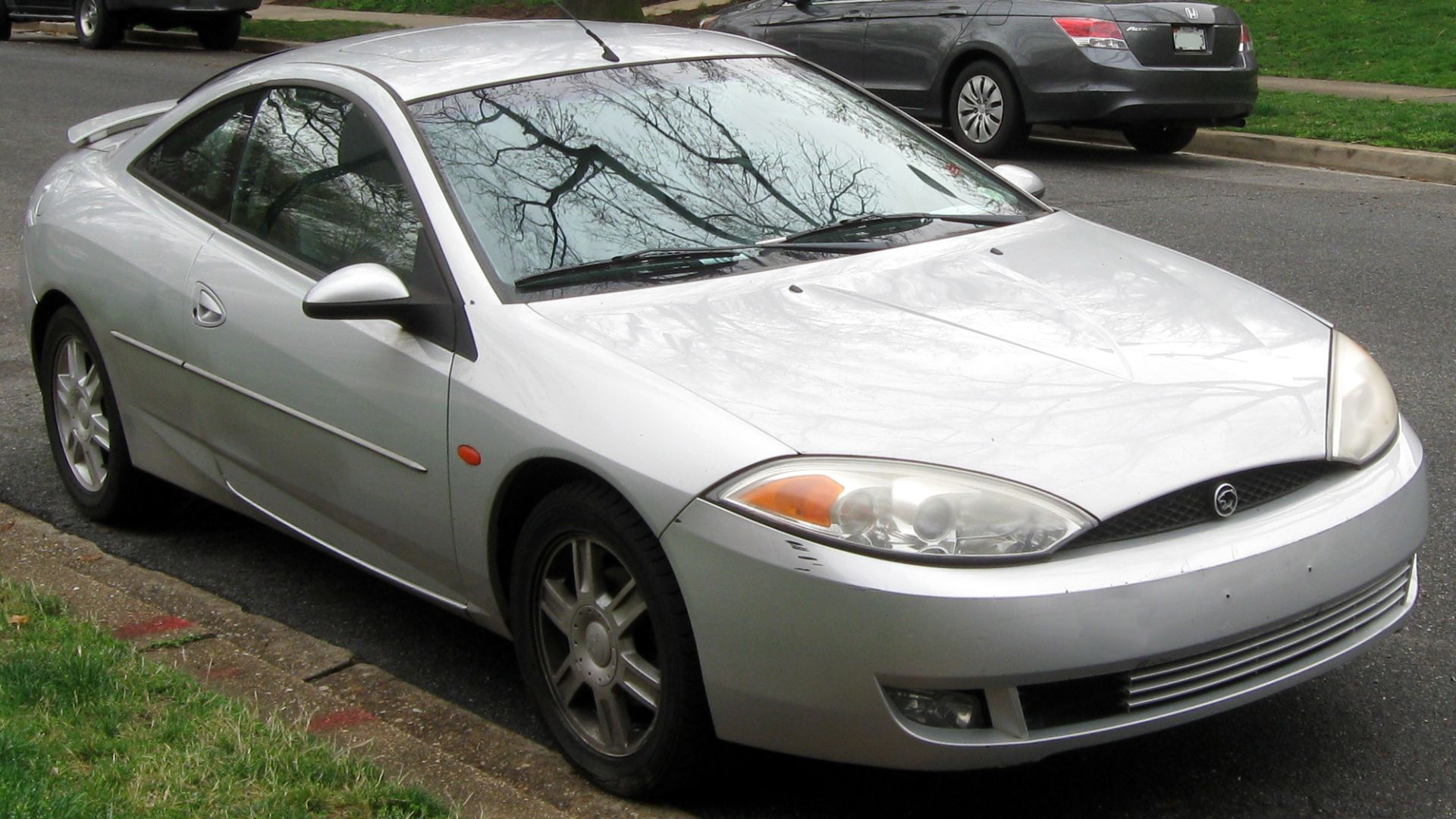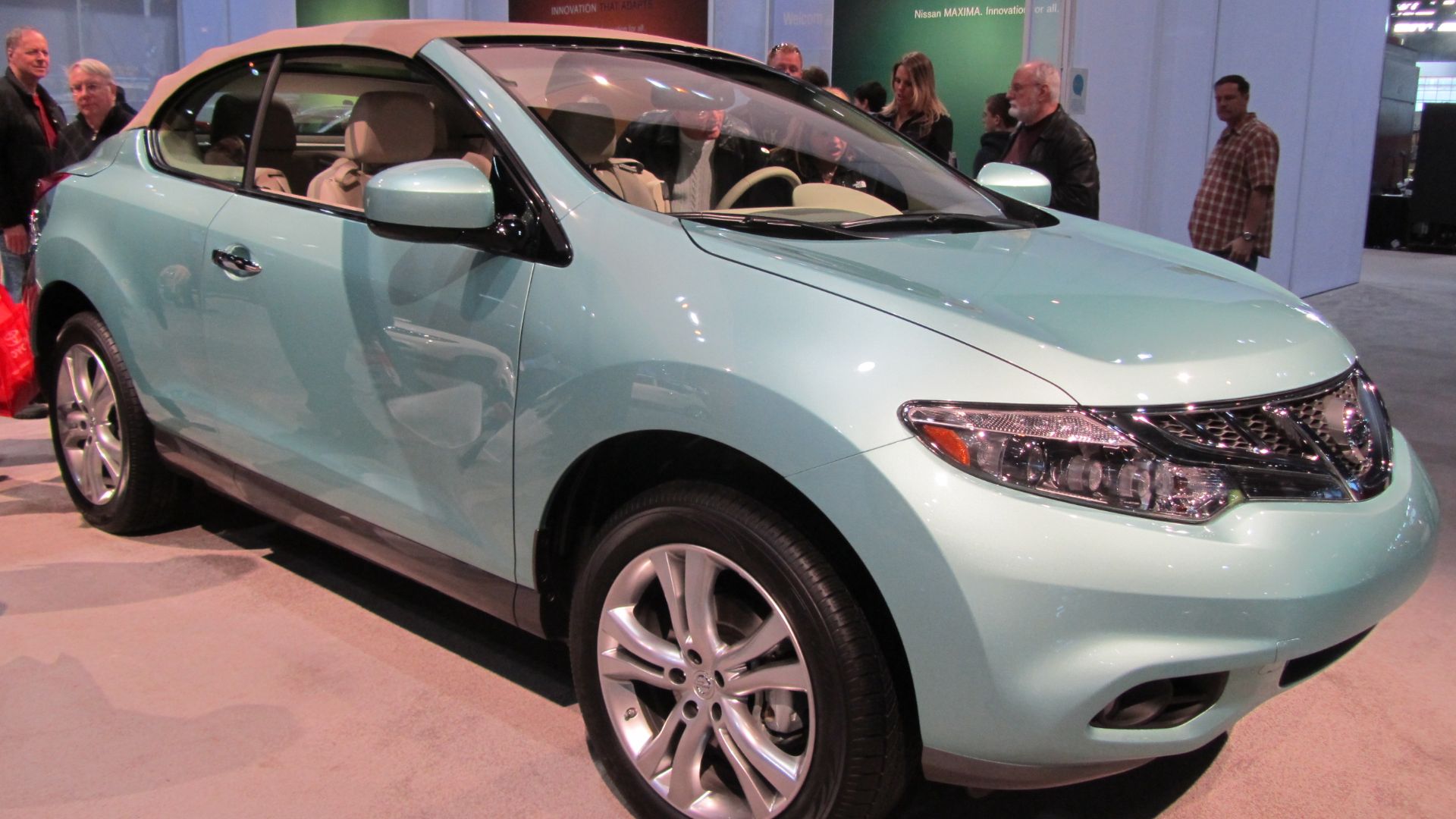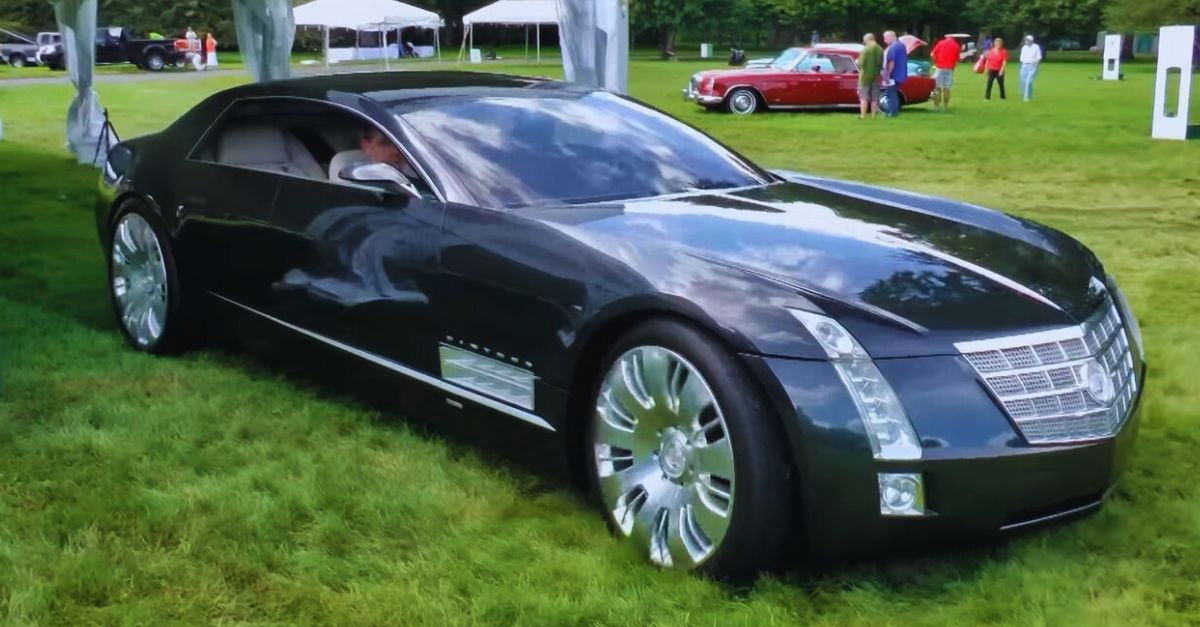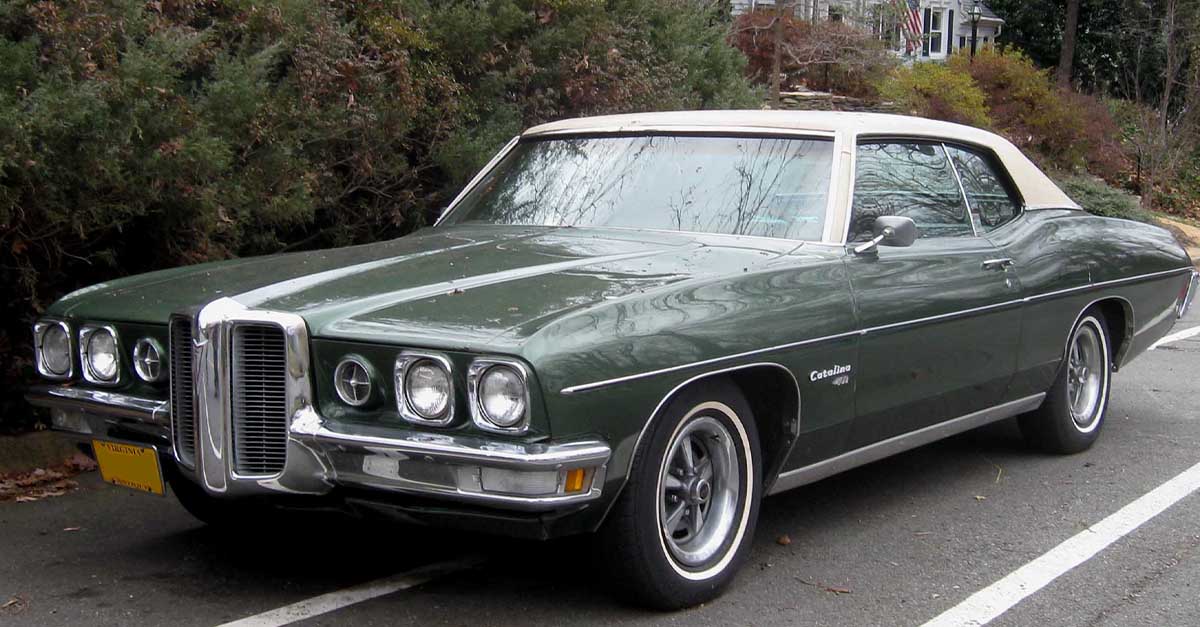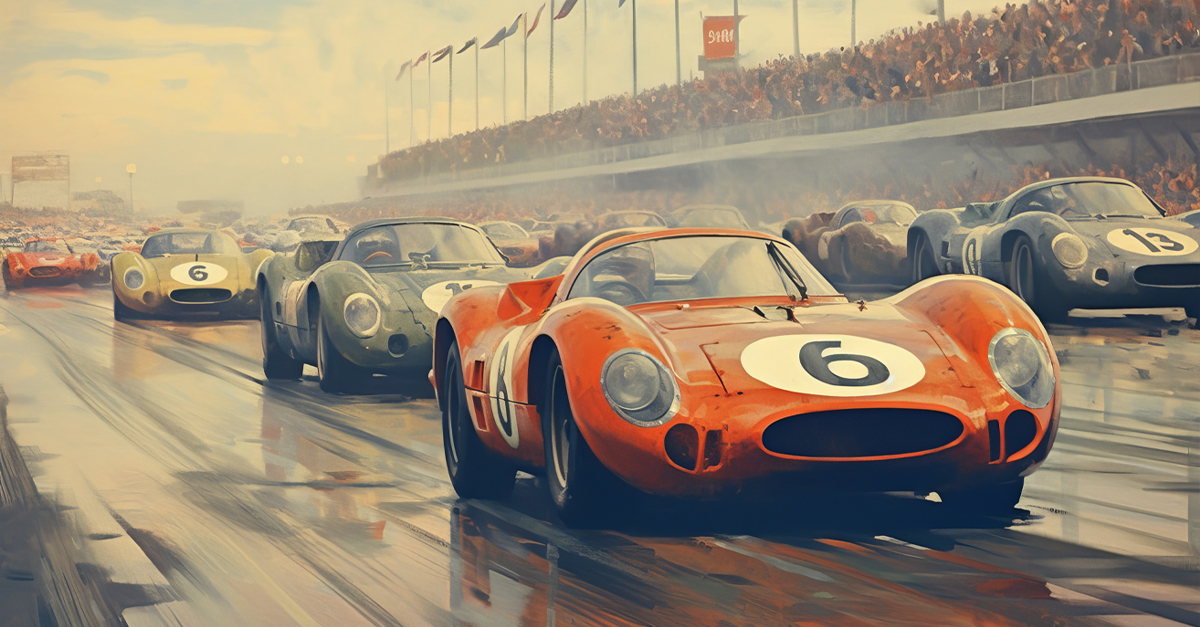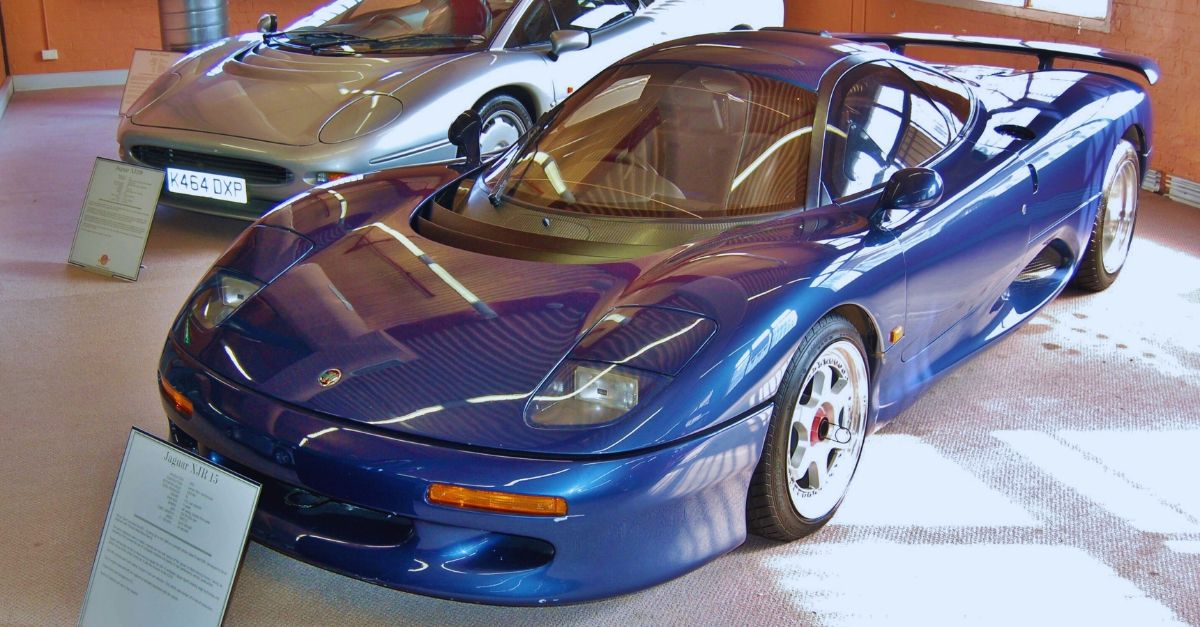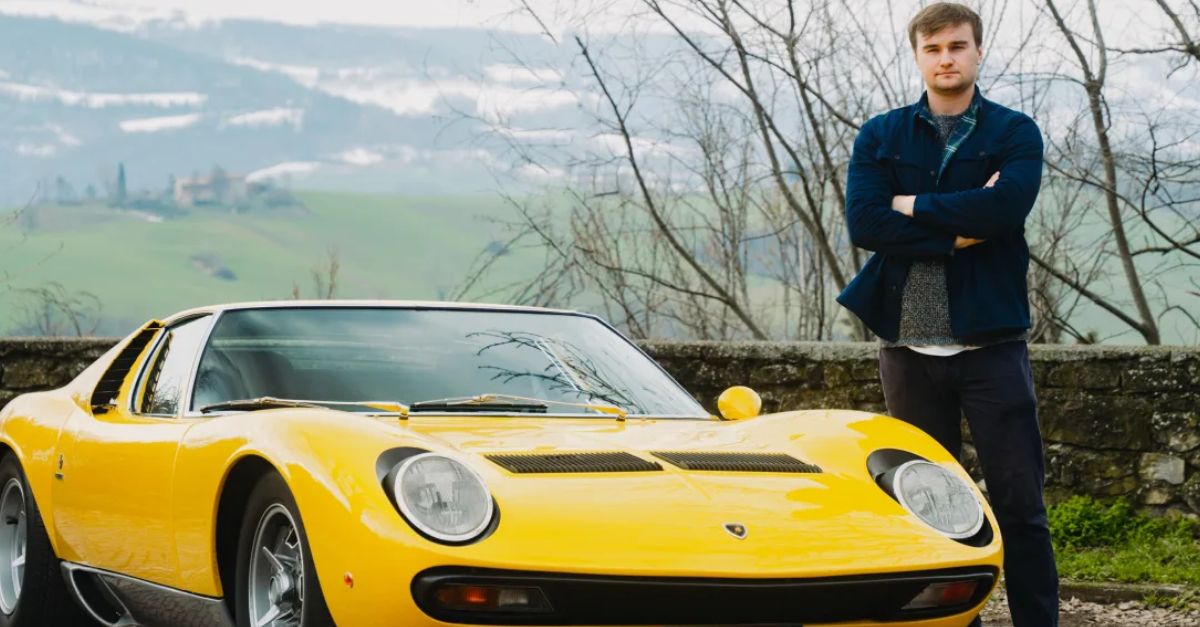These Classic Cars Were Once The Cream Of The Crop, Now We Wouldn't Drive Them If Paid
Classic cars should get better with age—like a fine wine, or at least like a decent bourbon. But every so often, a car that once set pulses racing ends up looking more like expired milk. Today, we’re taking a joyride back through time to revisit the machines that were once the talk of the showroom but now sit squarely in the “what were we thinking?” corner of automotive history. Buckle up, Boomers—this one’s a nostalgia trip with potholes.
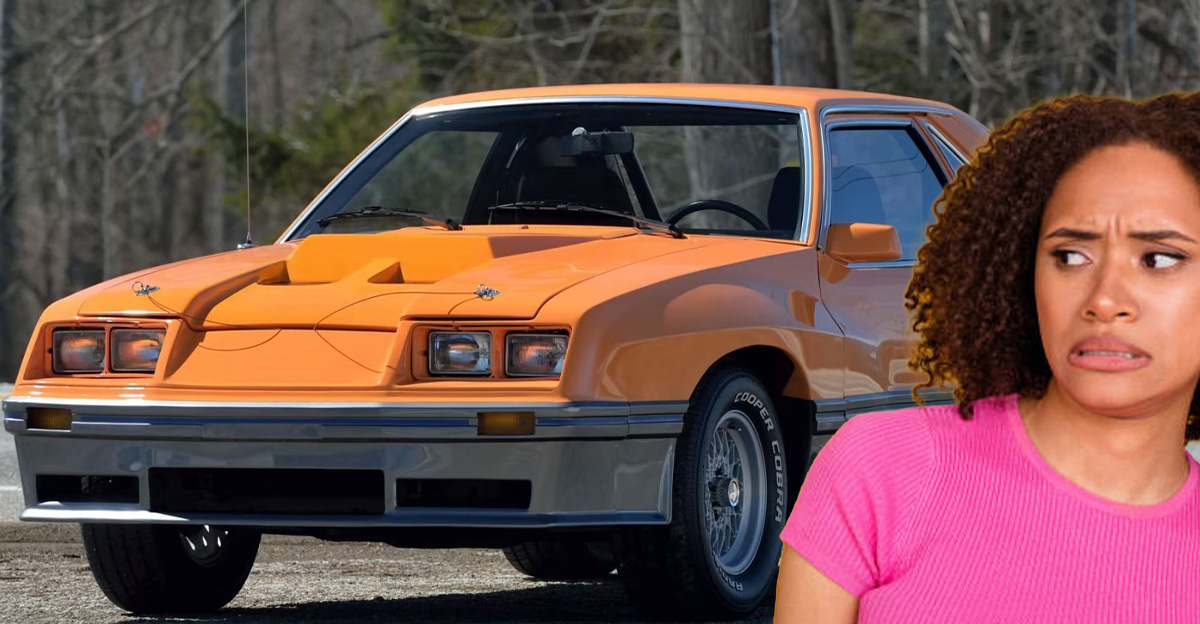
Pontiac Aztek
Once hailed as GM’s bold, youth-oriented crossover, the Aztek tried to be everything to everyone—and ended up pleasing no one. Its aggressive angles and plastic cladding were supposed to be futuristic. Instead, it aged like a bad haircut from 2001.
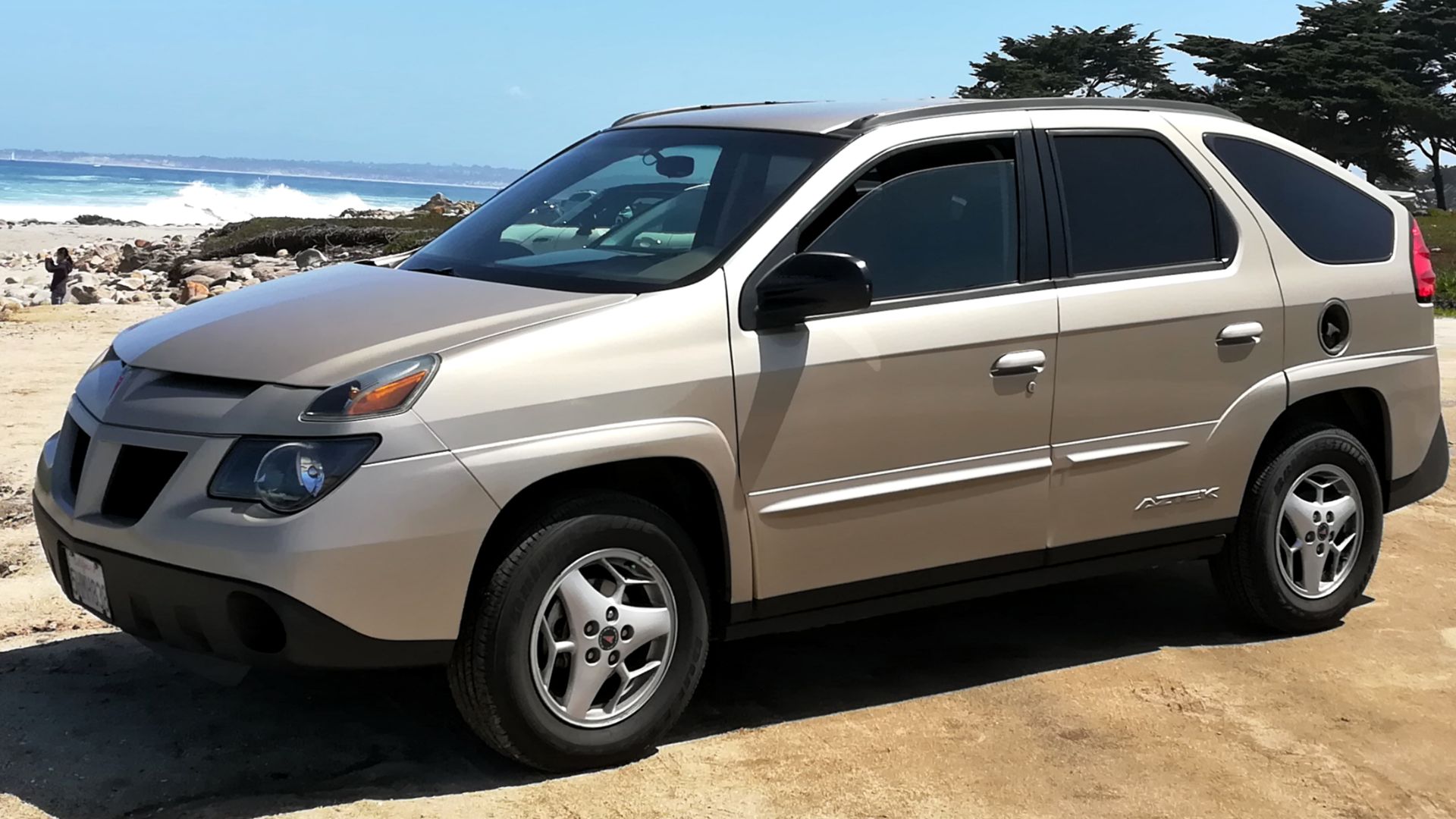 Alexander Migl, Wikimedia Commons
Alexander Migl, Wikimedia Commons
Ford Mustang II
Ford wanted a downsized, fuel-friendly Mustang for the oil-shocked ’70s. What we got instead was a Pinto in a leather jacket. While collectors defend it as “misunderstood,” the Mustang II remains a reminder that performance doesn’t come standard with a cool badge.
Cadillac Cimarron
Built during GM’s era of badge engineering gone wild, the Cimarron was essentially a dressed-up Chevy Cavalier with a luxury price tag. At the time, Cadillac insisted it was sophisticated. Today, it’s mostly a punchline.
DeLorean DMC-12
The stainless-steel superstar of Back to the Future fame looks fantastic on screen—but driving one in real life exposes its flaws faster than you can say “flux capacitor.” Weak performance and questionable build quality mean nostalgia is doing the heavy lifting here.
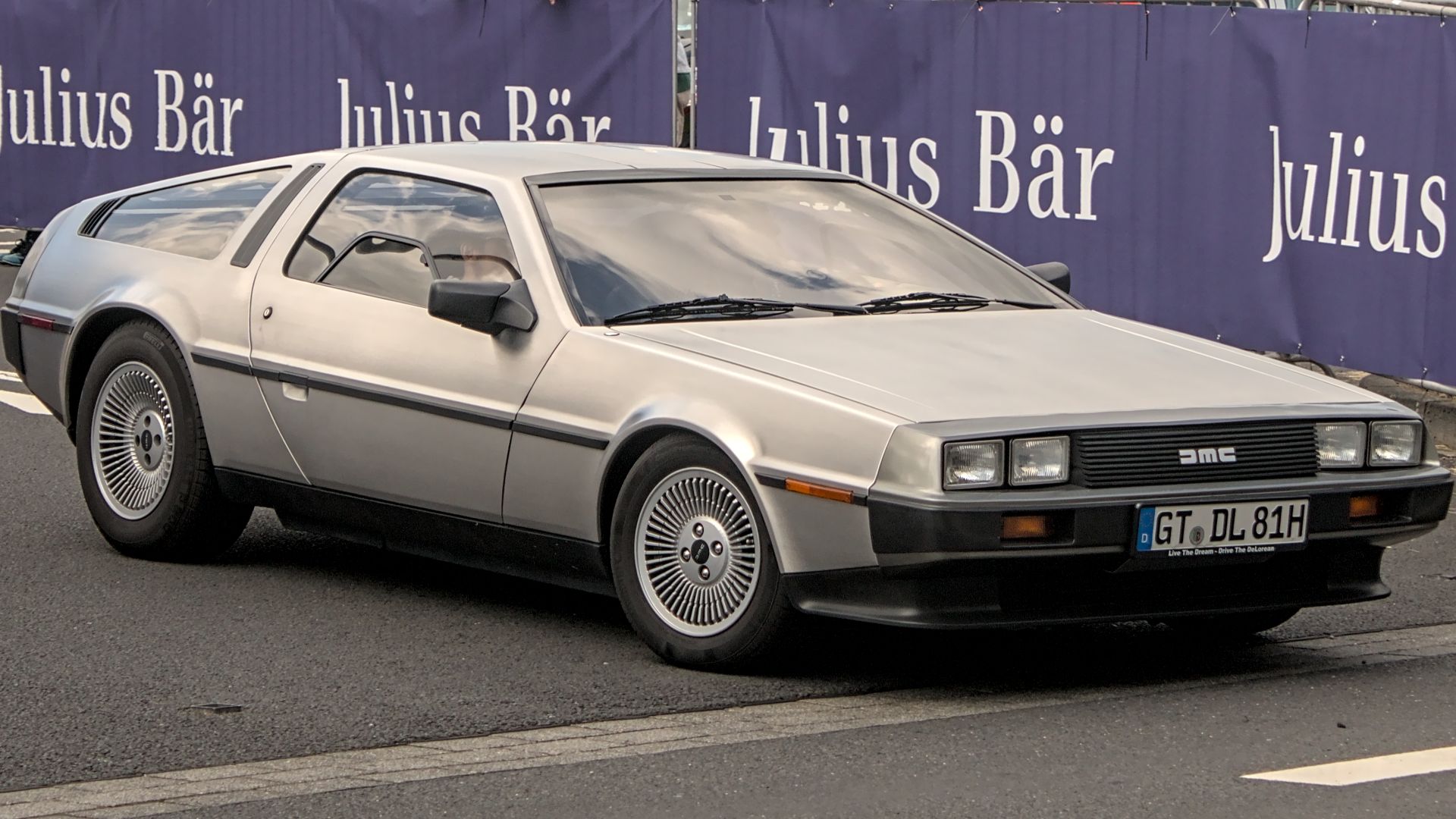 Alexander Migl, Wikimedia Commons
Alexander Migl, Wikimedia Commons
AMC Pacer
Once marketed as the “wide small car,” the Pacer was futuristic in theory but awkward in execution. Those giant windows were supposed to be airy; today, they give off giant fishbowl energy.
Chevrolet Cavalier
America bought millions of these, largely out of necessity, not desire. At the time, it seemed like a smart, affordable choice. Now it stands as proof that low price doesn’t guarantee lasting charm.
 Rutger van der Maar, Wikimedia Commons
Rutger van der Maar, Wikimedia Commons
Chrysler PT Cruiser
For about five minutes in the early 2000s, the PT Cruiser was the retro-cool ride. But as the fad faded, the car’s odd proportions and lackluster performance became painfully clear. Today it’s less “retro hot rod” and more “retired clown car.”
Saturn Ion
Saturn had loyal fans, but the Ion pushed that loyalty to the limit. Its center-mounted gauges were quirky, but not in a good way. Even enthusiasts admit it feels more like a rental car than a fond memory.
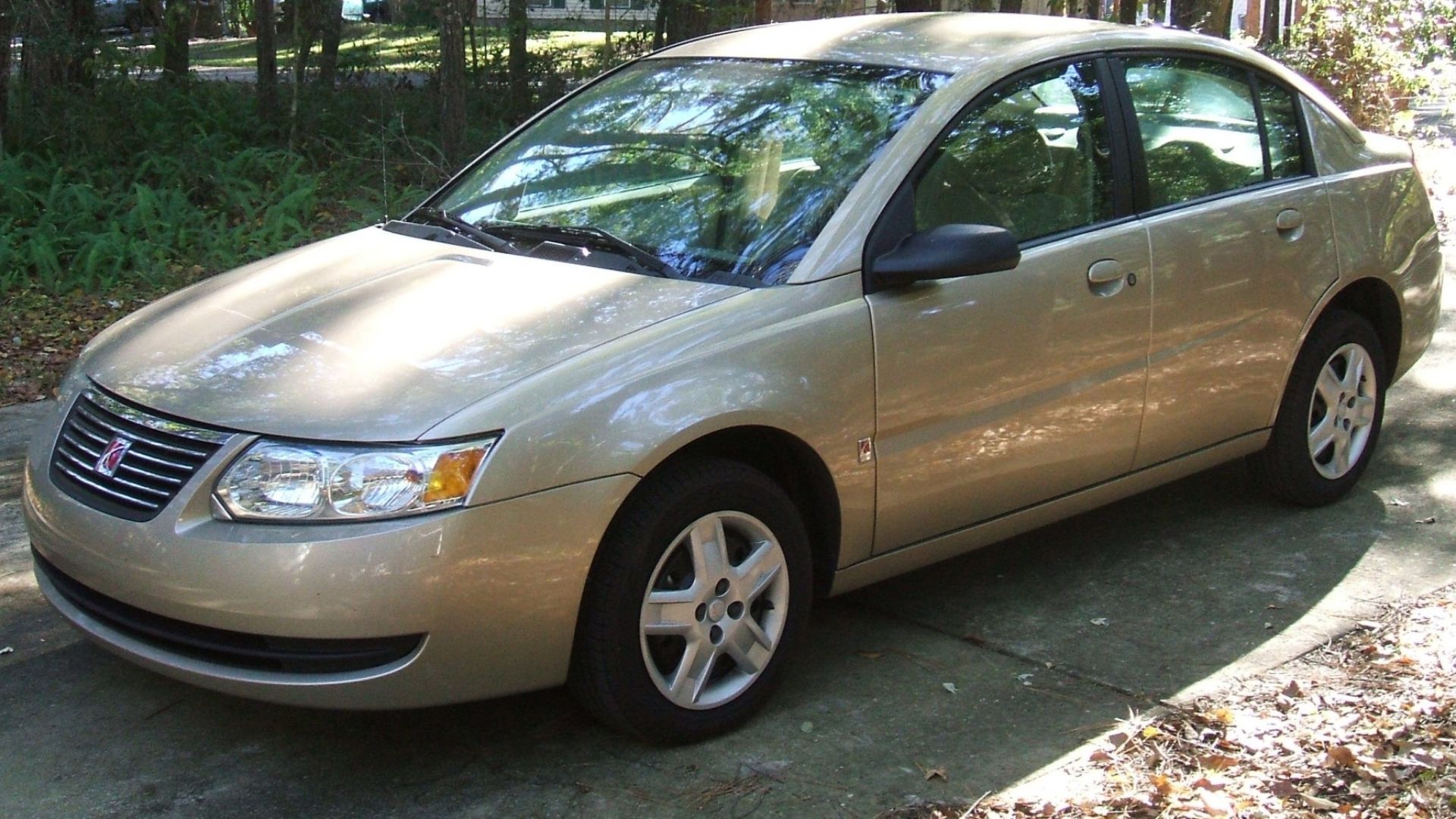 Noles1984 (talk) 17:34, 10 December 2008 (UTC), Wikimedia Commons
Noles1984 (talk) 17:34, 10 December 2008 (UTC), Wikimedia Commons
Hummer H2
The early 2000s’ heavyweight status symbol now feels like a caricature of excess. It was big, loud, and unapologetically thirsty. With gas prices what they are, the H2 has aged about as gracefully as a Vegas bachelor party hangover.
 Alexandre Prevot from Nancy, France, Wikimedia Commons
Alexandre Prevot from Nancy, France, Wikimedia Commons
Plymouth Volaré
A Motor Trend Car of the Year that somehow managed to rust in the sales brochure. Its creaks, rattles, and reliability woes have only become more infamous with age. A classic example of ’70s optimism meeting ’70s quality control.
 JOHN LLOYD from Concrete, Washington, United States, Wikimedia Commons
JOHN LLOYD from Concrete, Washington, United States, Wikimedia Commons
Dodge Daytona Turbo Z
It looked like a futuristic sports car. It drove like a K-car in a Halloween costume. The Turbo Z was supposed to bring Dodge into the performance era; instead, it reminds us just how far the brand has come since.
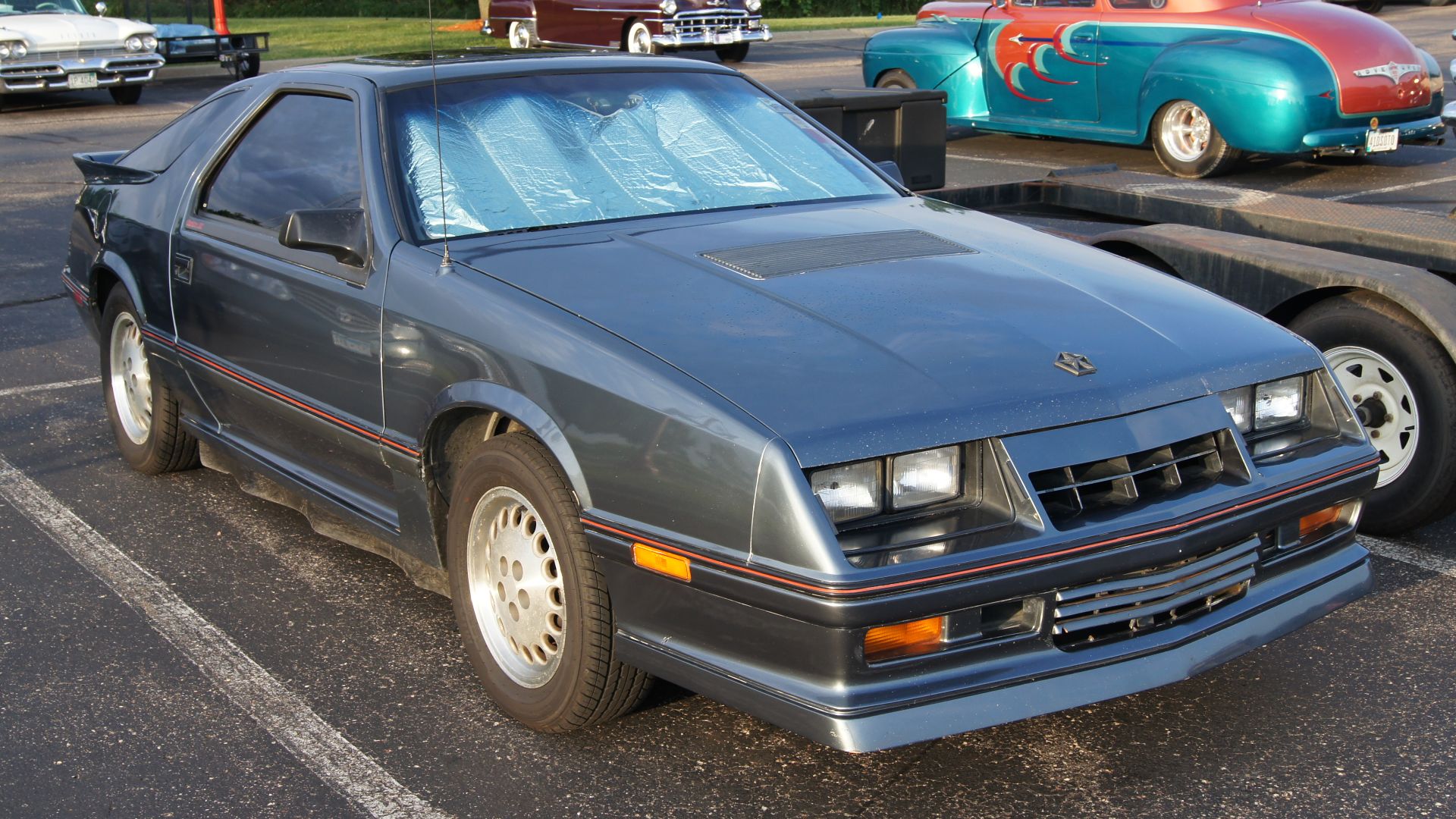 Greg Gjerdingen from Willmar, USA, Wikimedia Commons
Greg Gjerdingen from Willmar, USA, Wikimedia Commons
Oldsmobile Cutlass Ciera
A family favorite for decades, but excitement was never part of the equation. While reliable, its boxy, beige design now feels hopelessly dated. Nostalgia can’t save everything.
Geo Tracker
It was marketed as a fun, go-anywhere toy, but “go anywhere” usually meant “your mechanic’s shop.” Its tinny build and weak engines haven’t exactly become more charming over time.
Chevrolet SSR
A retro truck-convertible fusion nobody asked for. The SSR looked wild but never reconciled its identity crisis. Cool in concept, confusing in reality.
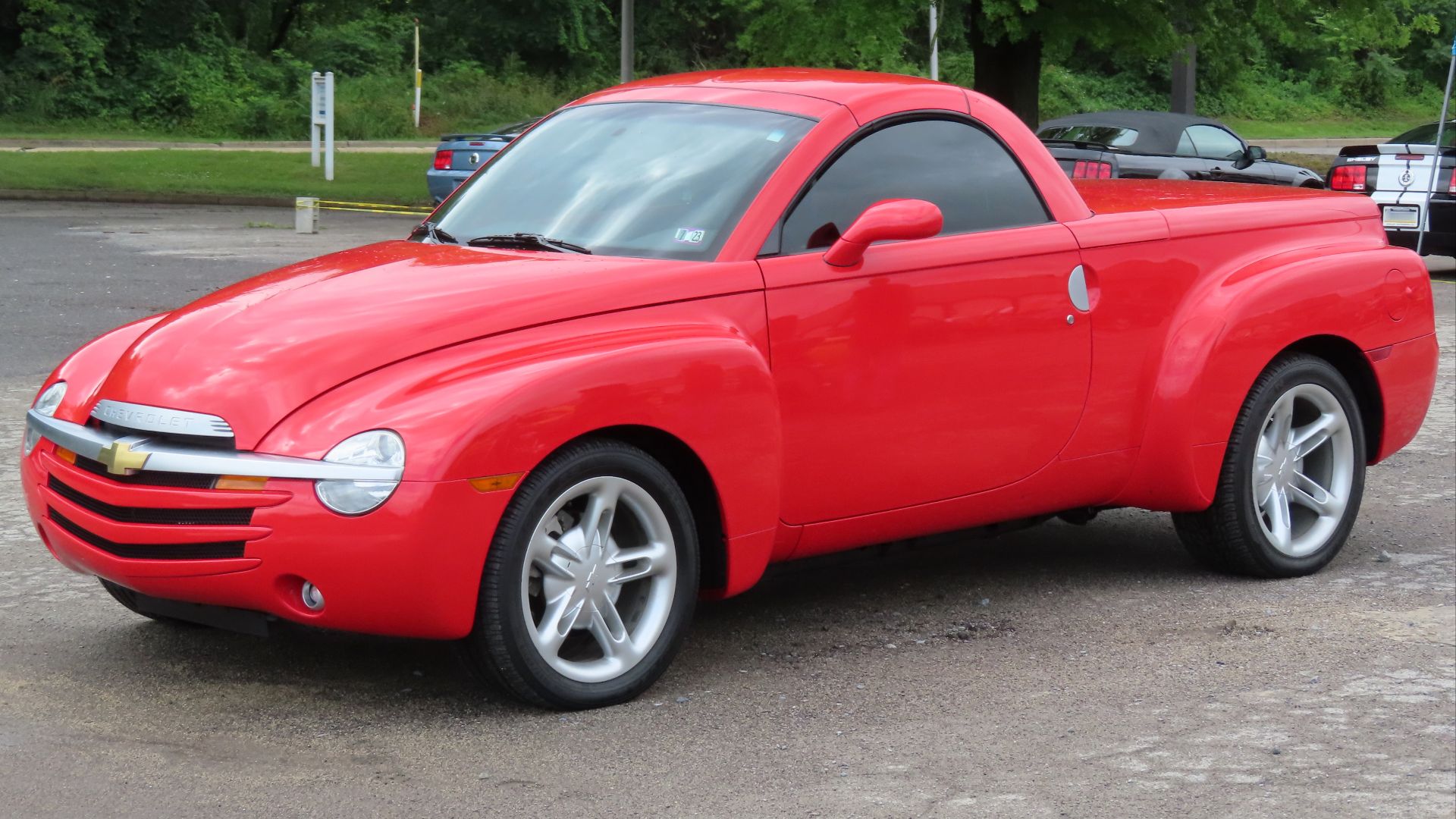 MercurySable99, Wikimedia Commons
MercurySable99, Wikimedia Commons
Mitsubishi Eclipse (3rd/4th Gen)
The early Eclipses were tuner legends. Then Mitsubishi softened it into a bloated front-wheel-drive cruiser. Once a symbol of ’90s cool, the later versions now look—and drive—like disappointing sequels.
Lincoln Blackwood
Imagine taking a Ford F-150, giving it a tiny, carpeted bed, and charging a luxury-car price. The Blackwood turned heads, but mostly in a “that’s it?” sort of way. It’s aged like an expensive gimmick.
 Greg Gjerdingen from Willmar, USA, Wikimedia Commons
Greg Gjerdingen from Willmar, USA, Wikimedia Commons
Suzuki X-90
A two-door, two-seat SUV with T-tops—because… reasons? The X-90 was too weird to succeed and too impractical to survive. Time has not been kind to this oddball.
Dodge Caliber
When Dodge replaced the Neon with the Caliber, expectations were high. Then owners got to know the CVT, the cheap interior, and the general sense of “meh.” It hasn’t developed a cult following—just a collective shrug.
 National Highway Traffic Safety Administration, Wikimedia Commons
National Highway Traffic Safety Administration, Wikimedia Commons
Pontiac Fiero
A mid-engine American sports car sounded thrilling. And the Fiero looked the part. But early reliability and quality issues doomed it. Though some restored examples shine today, most have aged like a cautionary tale.
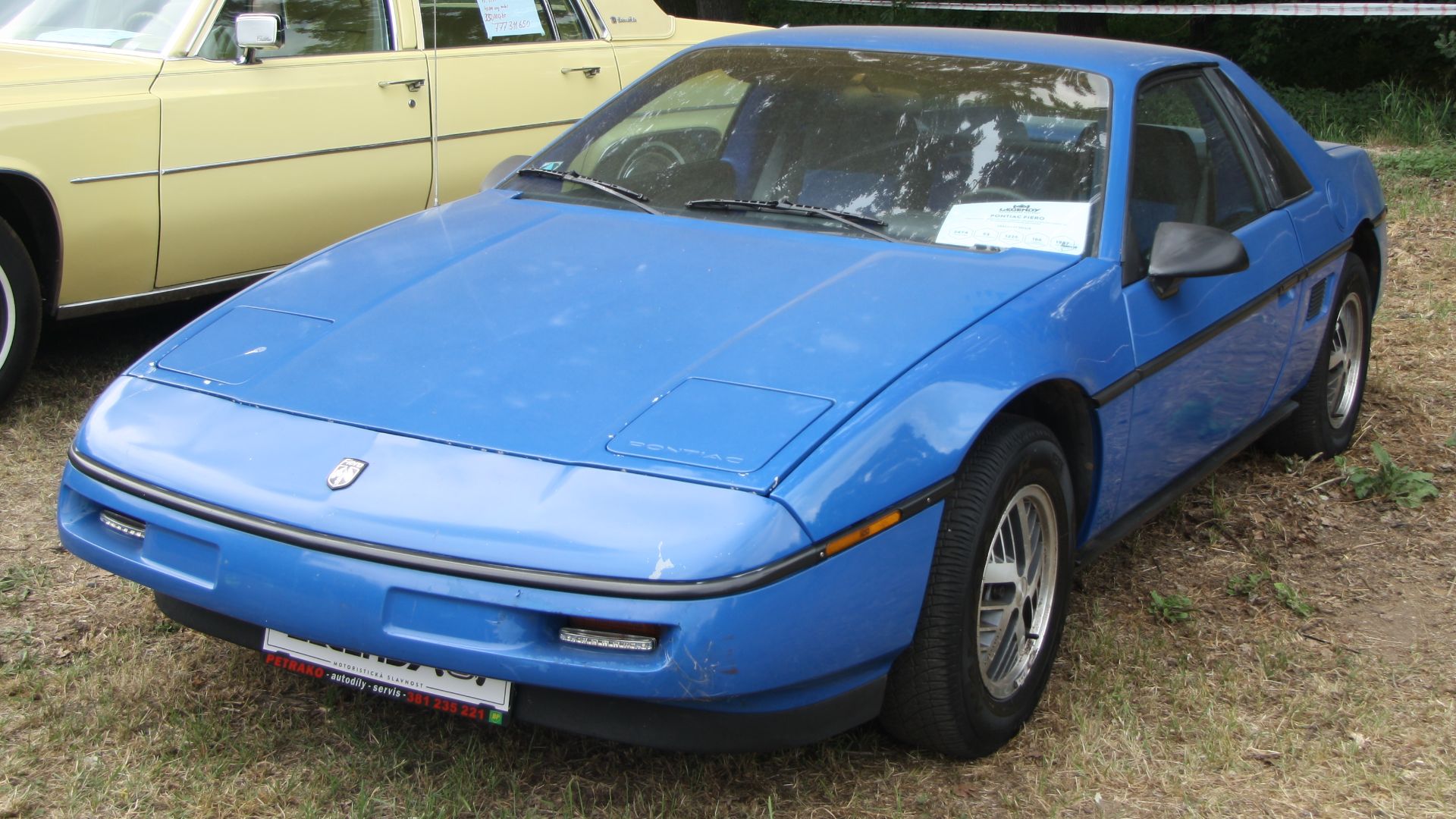 Jiri Sedlacek, Wikimedia Commons
Jiri Sedlacek, Wikimedia Commons
Subaru Baja
Half-car, half-truck, and wholly confusing. The Baja had loyal fans, but its awkward styling and limited capability make it hard to love in retrospect.
 MercurySable99, Wikimedia Commons
MercurySable99, Wikimedia Commons
BMW X6 (First Generation)
The “Sports Activity Coupe” launched with boldness, but early models now feel bulky and ungainly. Its sloping roofline prioritized style over practicality—a trend that hasn’t aged especially well.
Mercury Cougar (1999–2002)
The Cougar’s leap into sporty, modern styling was bold, but the car never delivered the thrills it promised. Today it’s remembered mostly as “that Ford that wasn’t sure what it wanted to be.”
Chrysler Crossfire
Chrysler partnered with Mercedes for this one, but even a German backbone couldn’t save its odd proportions. The rear end looks like it’s constantly surprised—a design quirk that hasn’t improved with age.
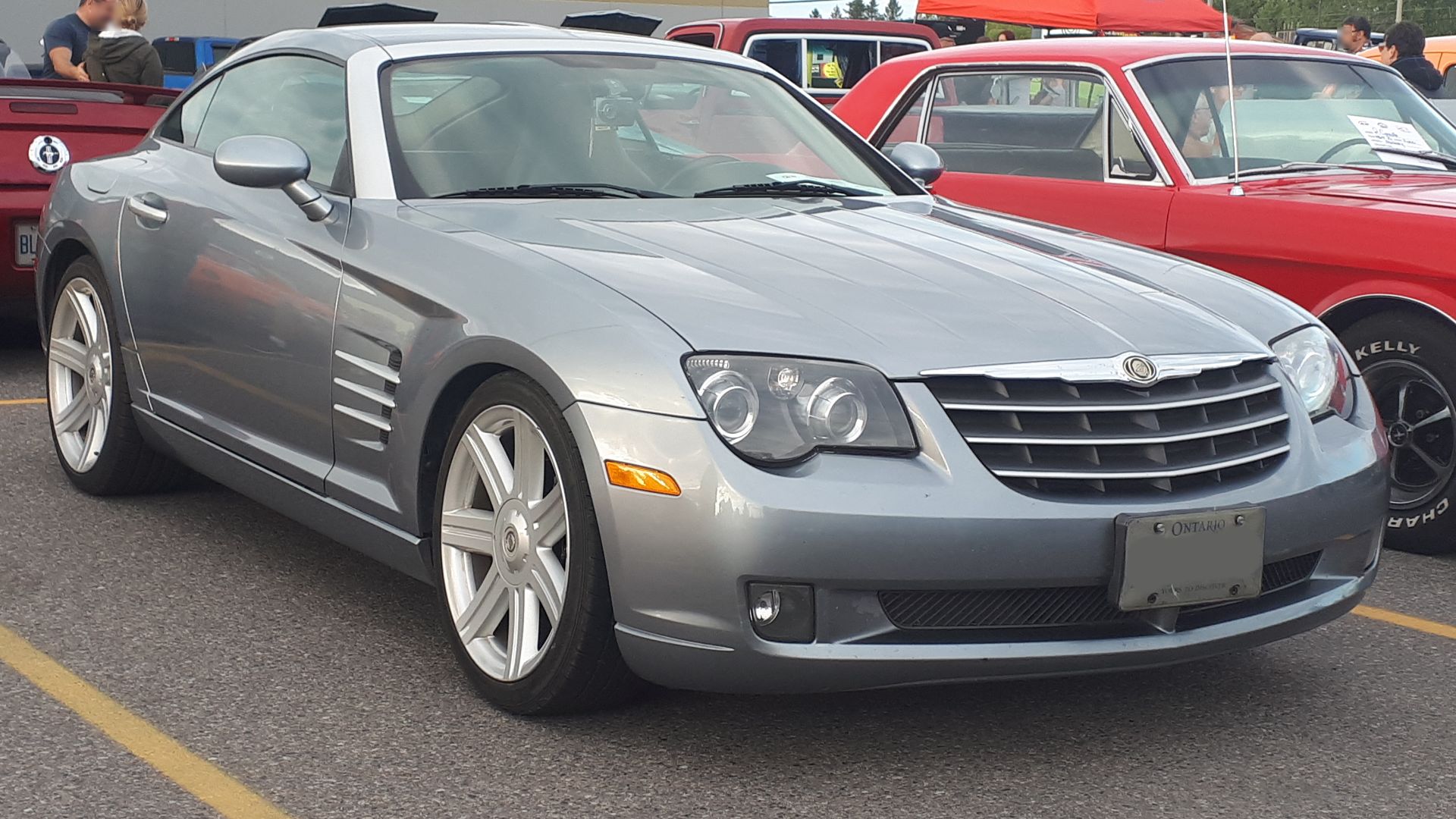 SsmIntrigue, Wikimedia Commons
SsmIntrigue, Wikimedia Commons
Nissan Murano CrossCabriolet
A convertible SUV seemed like a daring idea. It turned out to be a baffling one. The CrossCabriolet’s bizarre styling and high price have not stood the test of time.
Pontiac Grand Am
The ribbed cladding, the clunky red lighting, the cheap plastics—it’s a time capsule of late-’90s GM design. Unfortunately, time capsules are only fun when you meant to bury them.
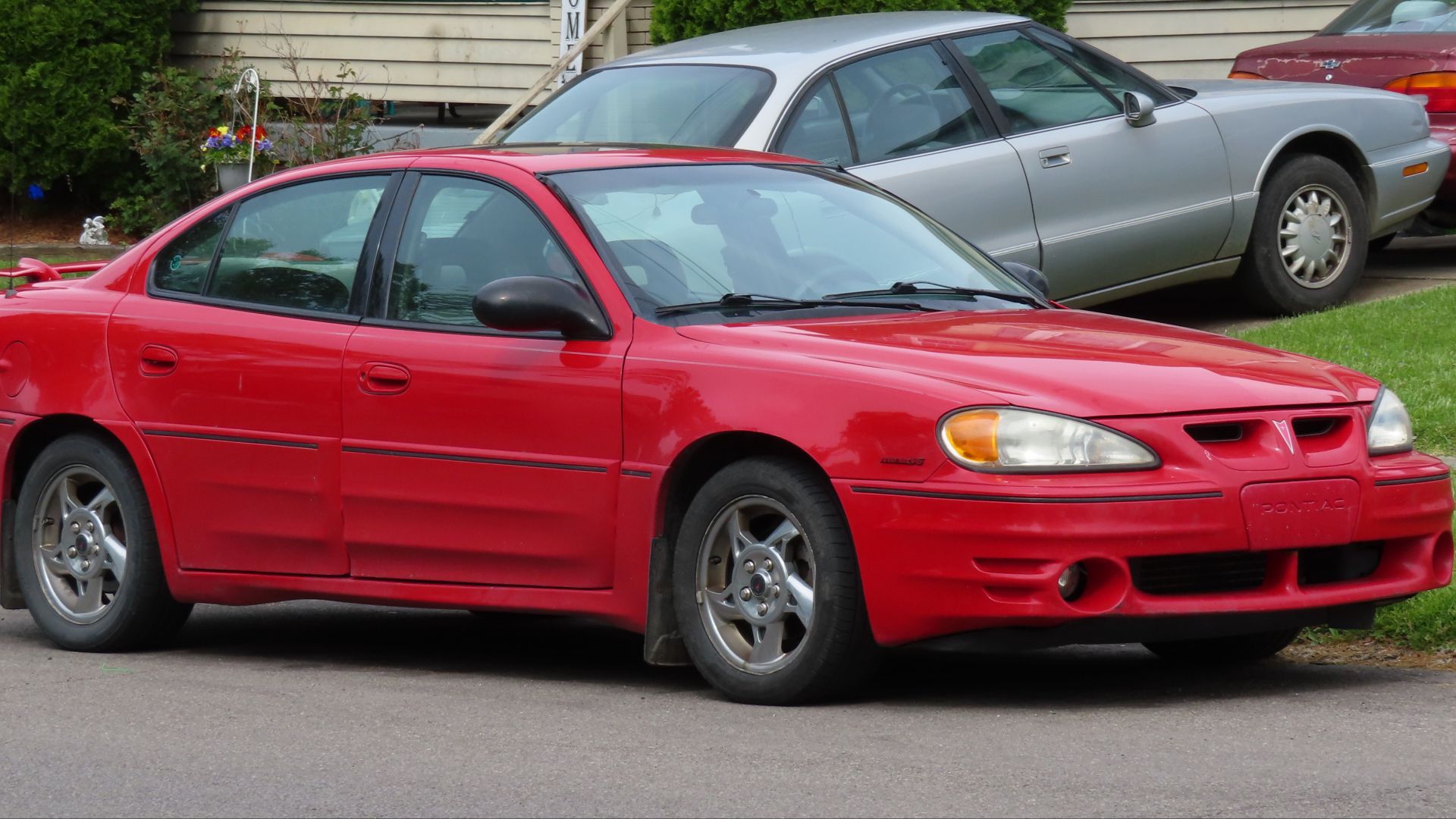 MercurySable99, Wikimedia Commons
MercurySable99, Wikimedia Commons
Scion xB (Second Generation)
The original xB was charmingly boxy. The second generation replaced quirky charisma with a bloated shape and ho-hum driving feel. It lost its identity—and its fan base.
 U.S. National Highway Traffic Safety Administration, Wikimedia Commons
U.S. National Highway Traffic Safety Administration, Wikimedia Commons
Which Of These Cars Do You Think Aged Best?
Cars don’t always age the way we expect. Some grow into beloved classics; others quietly fade into the background—or loudly crash into history’s wall of shame. But as much as we poke fun, these overrated, under-aged rides still hold a certain nostalgic magic. They remind us of where the industry’s been, how far it’s come, and how even the biggest hits can miss the mark over time. And let’s face it—judging old cars is half the fun of loving them.
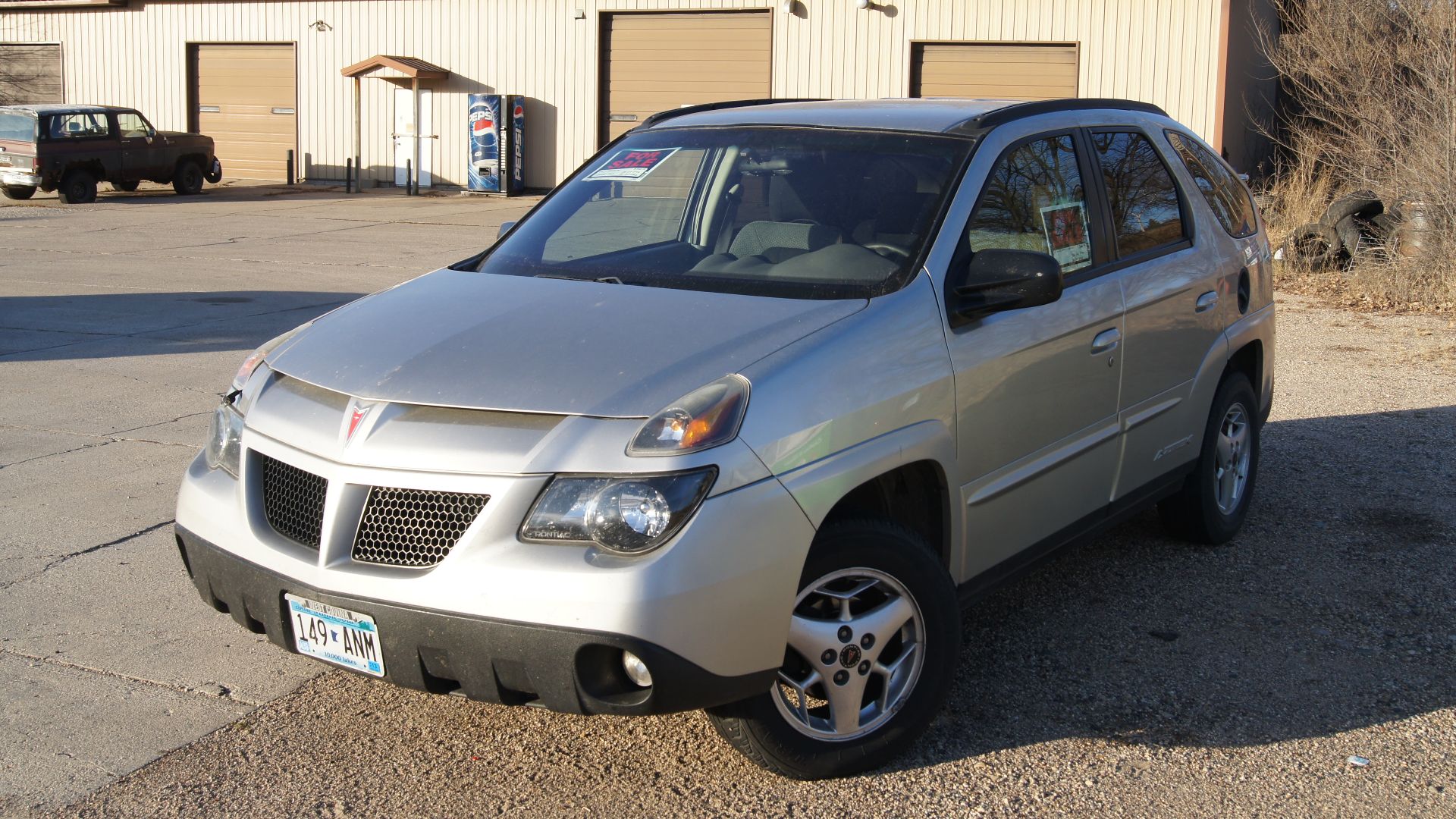 Greg Gjerdingen from Willmar, USA, Wikimedia Commons
Greg Gjerdingen from Willmar, USA, Wikimedia Commons
You May Also Like:
Cars Americans Love—That Europeans Don’t Understand
The Failed European-Style Lincoln That Americans Ignored

